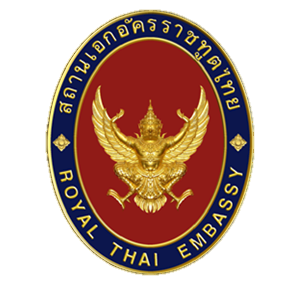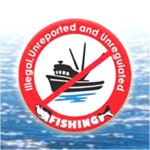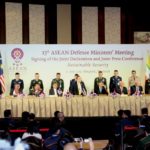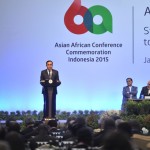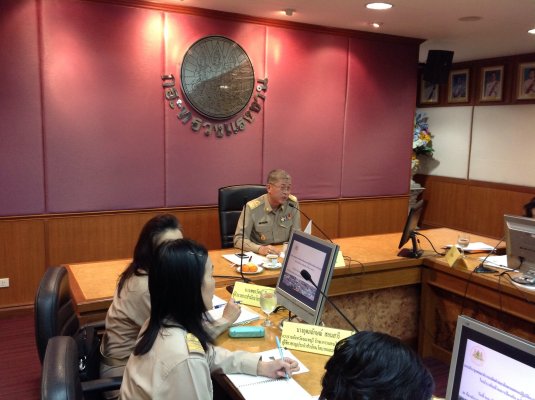
The Minister of Labour consulted with working committees from 7 agencies to develop and monitor action plans to combat human trafficking in the fishing industry within 22 coastal provinces, inspecting 58 vessels and 761 workers. Results found 1 vessel and 30 workers in misconduct. The Department of Fisheries had established a central database to be used in sharing news in the beginning stages. At the same time, the Deputy Permanent Secretary of Labour raised ideas for selective recruitment of males with ages under 35 years, being strong, healthy and familiar with the sea to train as a team to inspect workers in fisheries.
The Ministry of Labour’s Deputy Permanent Secretary, Mr. Arrug Phrommanee presided over the meeting with the working committee to develop and monitor an action plan to combat human trafficking, at the Prasong Rananant Conference Room on the 5th floor of the Ministry of Labour building. The meeting reported progress of integrative inspections within 22 coastal provinces from the 1st of October – 17th of December 2014 by the Ministry of Labour and relevant agencies such as the navy, the Royal Thai Police division, the Department of Fisheries and the Marine Department for instance. 58 vessels and 761 workers were inspected, whereby it was found that 1 vessel and 30 workers were found in misconduct without proper employment and registration documents. Officials had already issued an order for correct execution.
The Deputy Permanent Secretary stated that determining inspection plans would focus on provinces with many inbound and outbound vessels such as Samut Sakhon and Pattani for instance. Inspections would emphasize the connection of the fishery’s information system whereby the Ministry of Labour would prepare IT equipment to support the system. Initially the database would serve beneficially in sharing news. If an effective system to store information was not in place, it would be difficult to follow news because the issue of human trafficking is a crime that does not present itself clearly, but rather a crime that is more smuggled at present. At the same time, the enforcement of laws had not been maximized which is different from the problem on drugs. The second phase would emphasize suppression from relevant agencies such as the National Operation Center on Prevention and Suppression of Human Trafficking and the Marine Police Division. In the future, it would allow the legal migration of workers into fisheries as there is currently the inbound migration of workers in over 3 nationalities.
There had also been the idea to select Officials from the Ministry of Labour with familiarity to the sea, with the intention to select only males with ages under 35 years, containing strong and healthy physiques to create an inspection team in the fisheries industry. These Officials would be required to undergo orientation by the Marine Police, the Department of Fisheries and other relevant agencies to learn about fishing tools and train basic skills. The idea would have to be further consulted on consideration of appropriateness once more. In order to drive protective actions against human trafficking in the fisheries industry within 22 coastal provinces in the same direction, the Department of Labour Protection and Welfare had notified the 22 coastal provinces to create a collaborative working committee too and reiterated progress reports for monthly provincial meetings, as well as reporting back to the Ministry of Labour in order to further accelerate protection against human trafficking in the fishing industry.
This would align to the Government’s policies whereby Prime Minister General Prayuth Chan-ocha stated after the meeting with the Cabinet and National Peace and Order Maintaining Council on the 16th of December 2014 that the Government was currently processing the registration of all fishing vessels as well as embedding GPS systems and having vessels ask for permission prior to fishing. This is because if vessels crossed to waters of other countries, there would be a violation and problems would arise. Therefore the registration of fishing vessels would adhere to original regulations. In the past, registration of fishing vessels was not feasible because everyone had their own agenda including Government Officials who owned more than 1 vessel.
———————————
Bureau of Public Relations/
Chaninthorn Petchtub News – Photos/
22 December 2014
